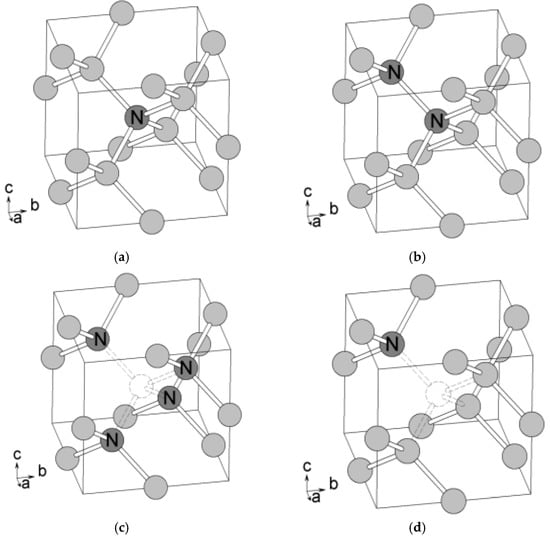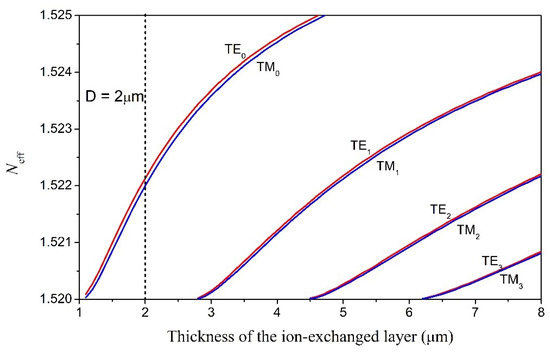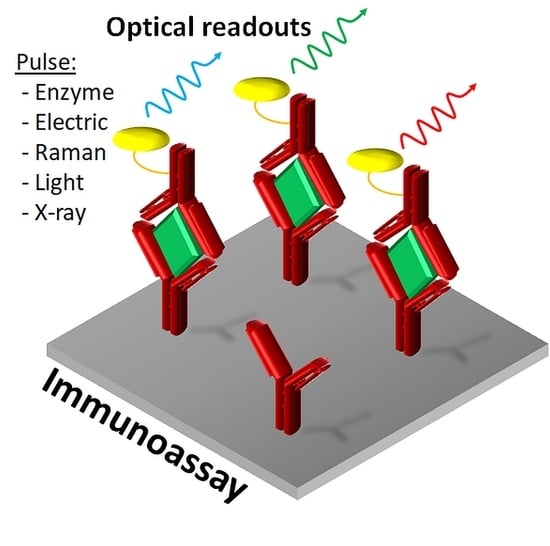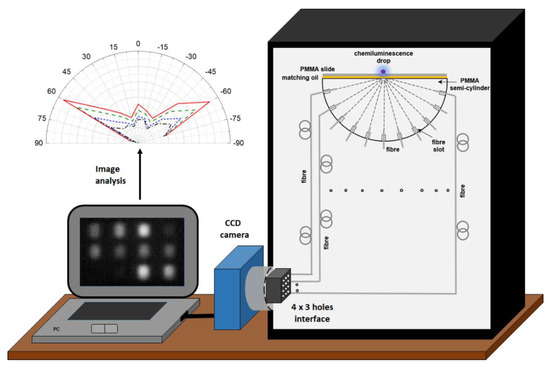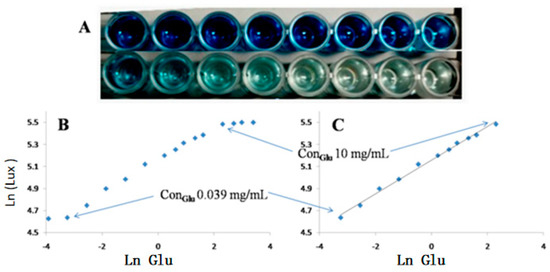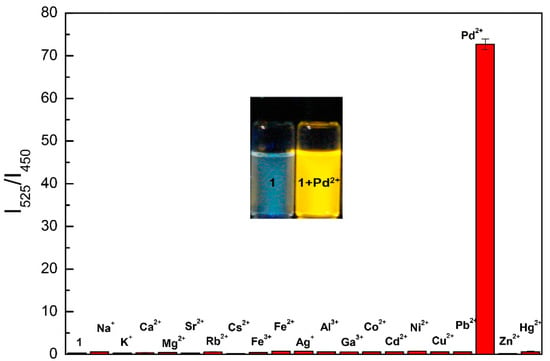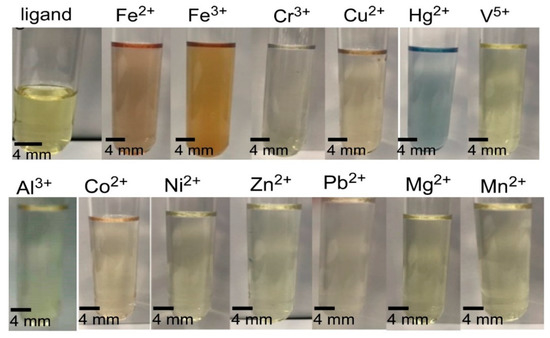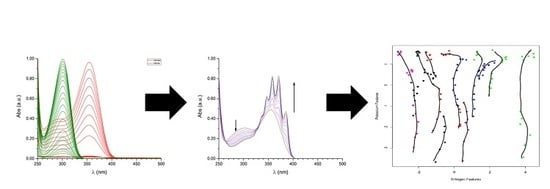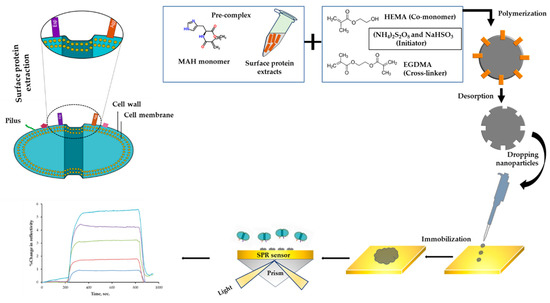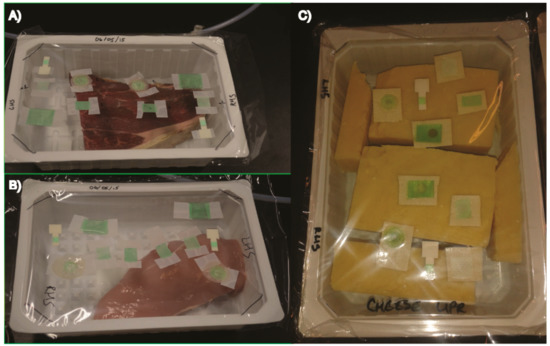Optical Chemosensors and Biosensors (Closed)
A topical collection in Chemosensors (ISSN 2227-9040). This collection belongs to the section "Optical Chemical Sensors".
Viewed by 57410Editor
Interests: biosensors; biophotonics; fluorescence; label-free
Special Issues, Collections and Topics in MDPI journals
Topical Collection Information
Dear Colleagues,
The field of chemo- and bio-sensors, ranging from biomedical/clinical applications to environmental applications and food analyses, has been growing as of two decades. In fact, in all of these fields, there is a growing demand for rapid responses, quality control, usable devices, low-cost analyses, etc. All these features could lead to an improved healthy life, ranging from a more reliable and controlled quality of food and environment to a faster and more specific diagnosis.
The optical detection methods used in chemo- and bio-sensors are based both on label-based or label-free techniques. The former ones make use, for example, of fluorescent or chemiluminescent-based detection systems, while the latter are based on direct optical detection of physical measurands, which are modified by chemical/biochemical reactions, such as the refractive index or the thickness or the density of the sensing layer at the surface where the interaction occurs.
The aim of the Topical Collection is to collect new optical (label-free and label-based) chemo- and bio-sensors studies for biomedical/clinical, environmental applications and food analysis.
Dr. Ambra Giannetti
Collection Editor
Manuscript Submission Information
Manuscripts should be submitted online at www.mdpi.com by registering and logging in to this website. Once you are registered, click here to go to the submission form. Manuscripts can be submitted until the deadline. All submissions that pass pre-check are peer-reviewed. Accepted papers will be published continuously in the journal (as soon as accepted) and will be listed together on the collection website. Research articles, review articles as well as short communications are invited. For planned papers, a title and short abstract (about 100 words) can be sent to the Editorial Office for announcement on this website.
Submitted manuscripts should not have been published previously, nor be under consideration for publication elsewhere (except conference proceedings papers). All manuscripts are thoroughly refereed through a single-blind peer-review process. A guide for authors and other relevant information for submission of manuscripts is available on the Instructions for Authors page. Chemosensors is an international peer-reviewed open access monthly journal published by MDPI.
Please visit the Instructions for Authors page before submitting a manuscript. The Article Processing Charge (APC) for publication in this open access journal is 2700 CHF (Swiss Francs). Submitted papers should be well formatted and use good English. Authors may use MDPI's English editing service prior to publication or during author revisions.
Keywords
- optical chemical sensors
- optical biosensors
- label-based optical sensors
- label-free optical sensors
- sensor materials for optical sensing
- novel optical sensing principles
- optical sensor arrays





